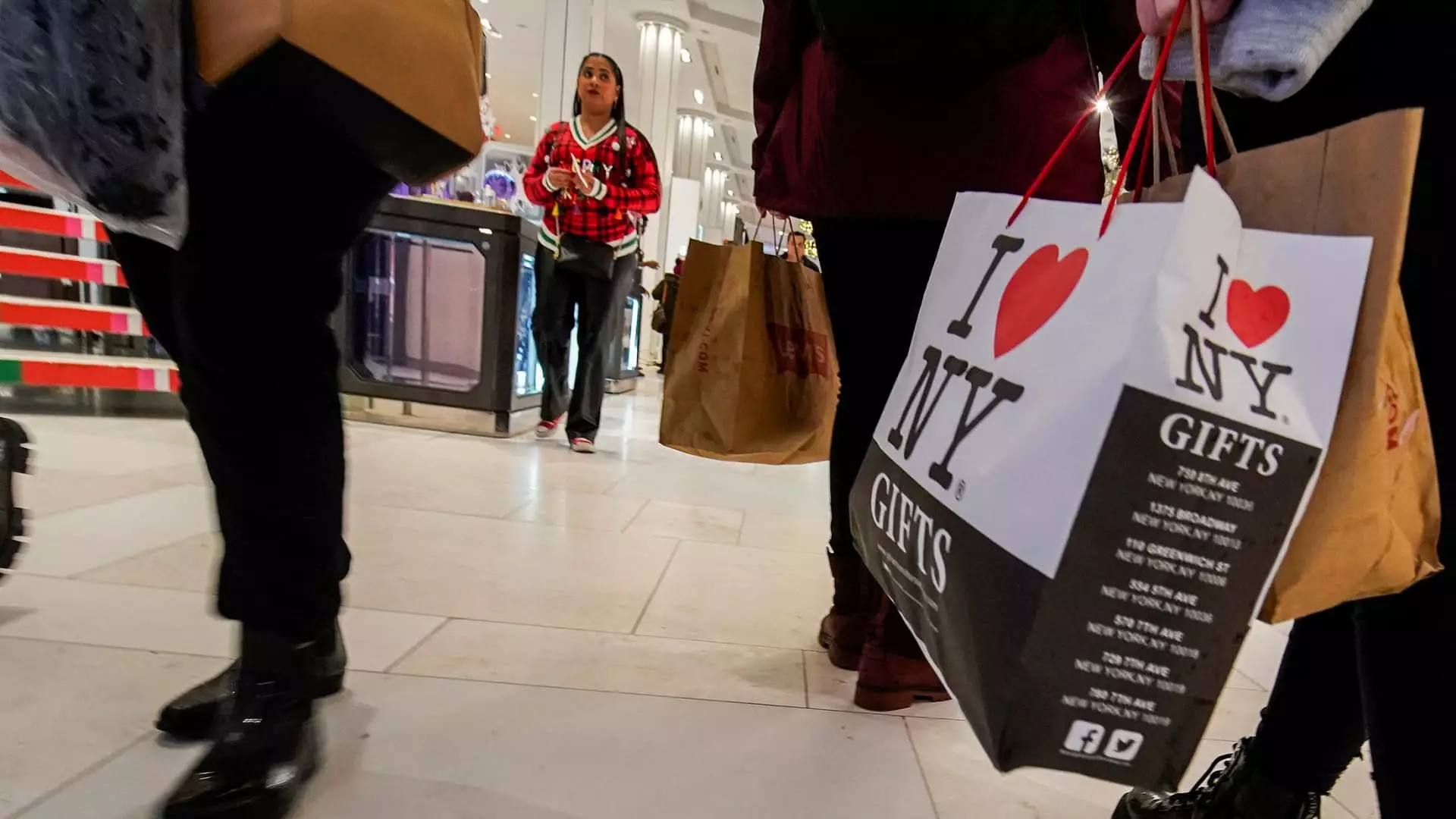As the holiday season approaches, Americans are gearing up for a shopping spree like no other. Forecasts from the National Retail Federation suggest that holiday spending between November 1 and December 31 is set to reach an all-time high, somewhere between $979.5 billion and $989 billion. This anticipated surge occurs against a backdrop of escalating credit card debt, which has skyrocketed to over $1.14 trillion. Such figures beg the question: at what cost are consumers willing to indulge in holiday cheer?
The Deloitte holiday retail survey reveals that the average American plans to spend around $1,778, marking an increase of 8% from the previous year. While the spirit of giving may drive this consumer behavior, lingering questions remain about the sustainability of such spending habits, especially considering that a significant portion of holiday shoppers—28% to be precise—still grapple with unpaid debts from the prior festive season.
The financial landscape of holiday shopping is changing, and many shoppers are leaning heavily on credit to fund their purchases. According to NerdWallet’s recent findings, an alarming 74% of consumers anticipate using credit cards, while 28% plan to dip into their savings, and 16% will explore buy now, pay later (BNPL) services. This trend indicates an increasing normalization of credit-based spending habits, raising the stakes for potential financial pitfalls.
Interestingly, BNPL services are gaining popularity at a rapid pace. Projections from Adobe suggest that BNPL spending is likely to peak on Cyber Monday, reportedly reaching a single-day record of $993 million. Although this financing option can seem appealing—particularly when presented as interest-free—it mirrors the pitfalls associated with traditional credit. Overspending and accumulating debt are easily incurred when costs are hidden beneath a veneer of convenience.
The complexities of debt often become obscured when shoppers engage in BNPL options. Experts warn that these payment plans can lead consumers down a treacherous path of financial distress. Unlike credit cards, which typically provide more straightforward terms, BNPL schemes may bury fees and penalties within their agreements, making it difficult for consumers to track their overall financial exposure.
CPA Howard Dvorkin succinctly encapsulates the dilemma by labeling BNPL as “another form of credit, disguised as something for free.” The temptation to open multiple BNPL accounts can lead to overspending, missed payments, and a deteriorating credit score. For those who falter in making payments, penalties can quickly escalate, with interest rates climbing as high as 30%—comparable to the steep charges often associated with credit cards.
As consumers navigate this holiday shopping landscape, they face not just momentary financial strain, but long-term implications that can ripple through their financial lives. With credit card rates hovering around an all-time high of over 20%, the cost of borrowing becomes increasingly burdensome.
While the allure of holiday festivities spurs many to spend freely, it is crucial to remain vigilant about the potential consequences of excessive debt. With the temptation of credit ever-present, consumers need to prioritize financial literacy and adopt more prudent spending practices. By doing so, they can ensure that the joy of giving does not come at the expense of their financial well-being.

Leave a Reply